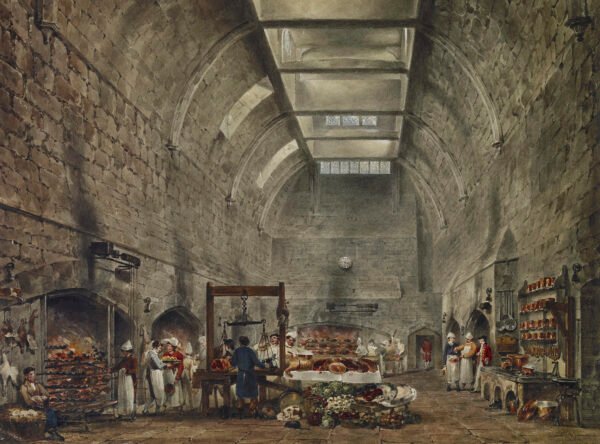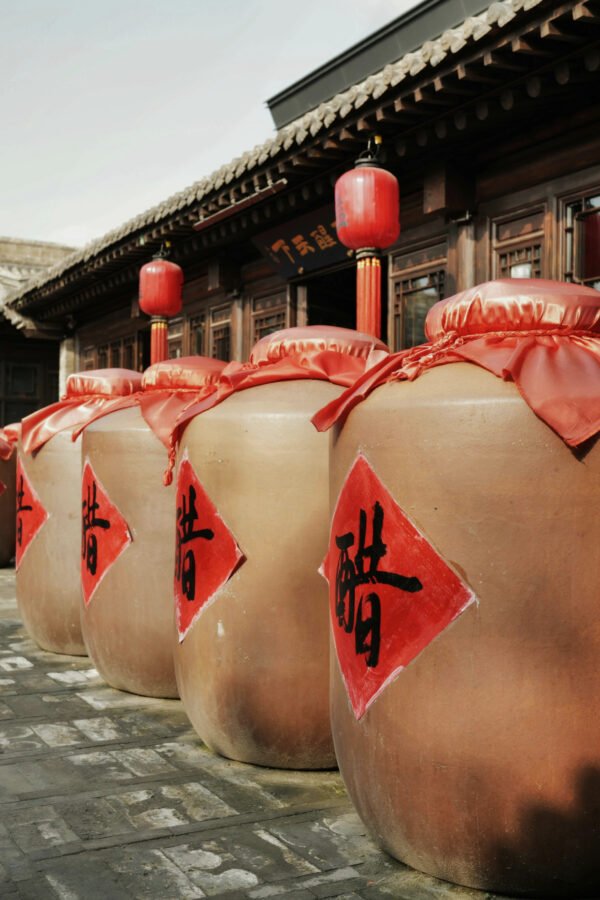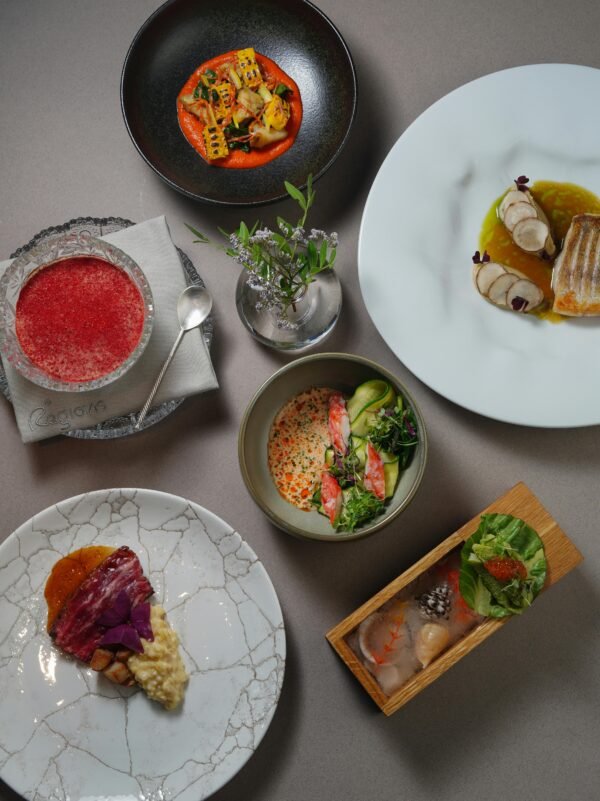Subtotal: $47.94
Beyond the Plate: The Artistry of Food & the Future of Culinary Expression
Food has always been more than sustenance—it is a reflection of culture, craftsmanship, and creativity.
Across centuries, culinary artistry has evolved alongside human civilization, shaping traditions, symbolizing status, and transforming meals into immersive experiences.
In ancient Egypt, lavish feasts showcased abundance and artistry, with carefully arranged meats, fruits, and breads served in ornate vessels. The Greeks elevated dining to a theatrical experience, where symposia combined philosophical discussions with exquisitely plated dishes. The Romans expanded this tradition with their cēnae, extravagant banquets where food was sculpted, dyed, and meticulously arranged to delight the senses.
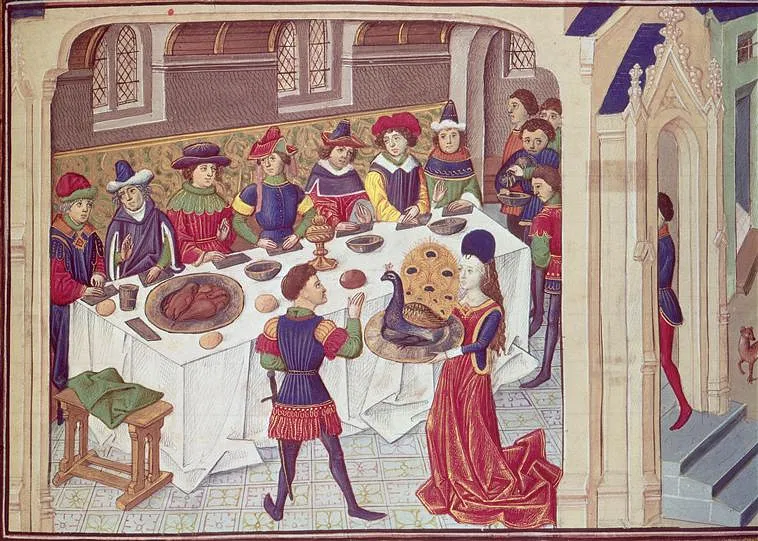
Banquet du Paon (The Peacock Feast), mid-15th century – This medieval manuscript illumination portrays a grand banquet scene from Jacques de Longuyon’s “Les Vœux du Paon” (“The Vows of the Peacock”), composed in 1312. The image showcases a roasted peacock, elaborately dressed with its feathers, being presented at the feast—a symbol of chivalric vows and medieval pageantry.
During the Middle Ages, the grandeur of noble feasts reached new heights. Sugar sculptures known as subtleties—crafted into castles, mythical creatures, and coats of arms—adorned the tables of European courts, reinforcing both artistic mastery and social status. By the Renaissance, food presentation became an extension of fine art. Elaborate banquets in Italy and France transformed meals into performances, where intricate arrangements and vibrant sauces foreshadowed the precision and elegance seen in modern haute cuisine.
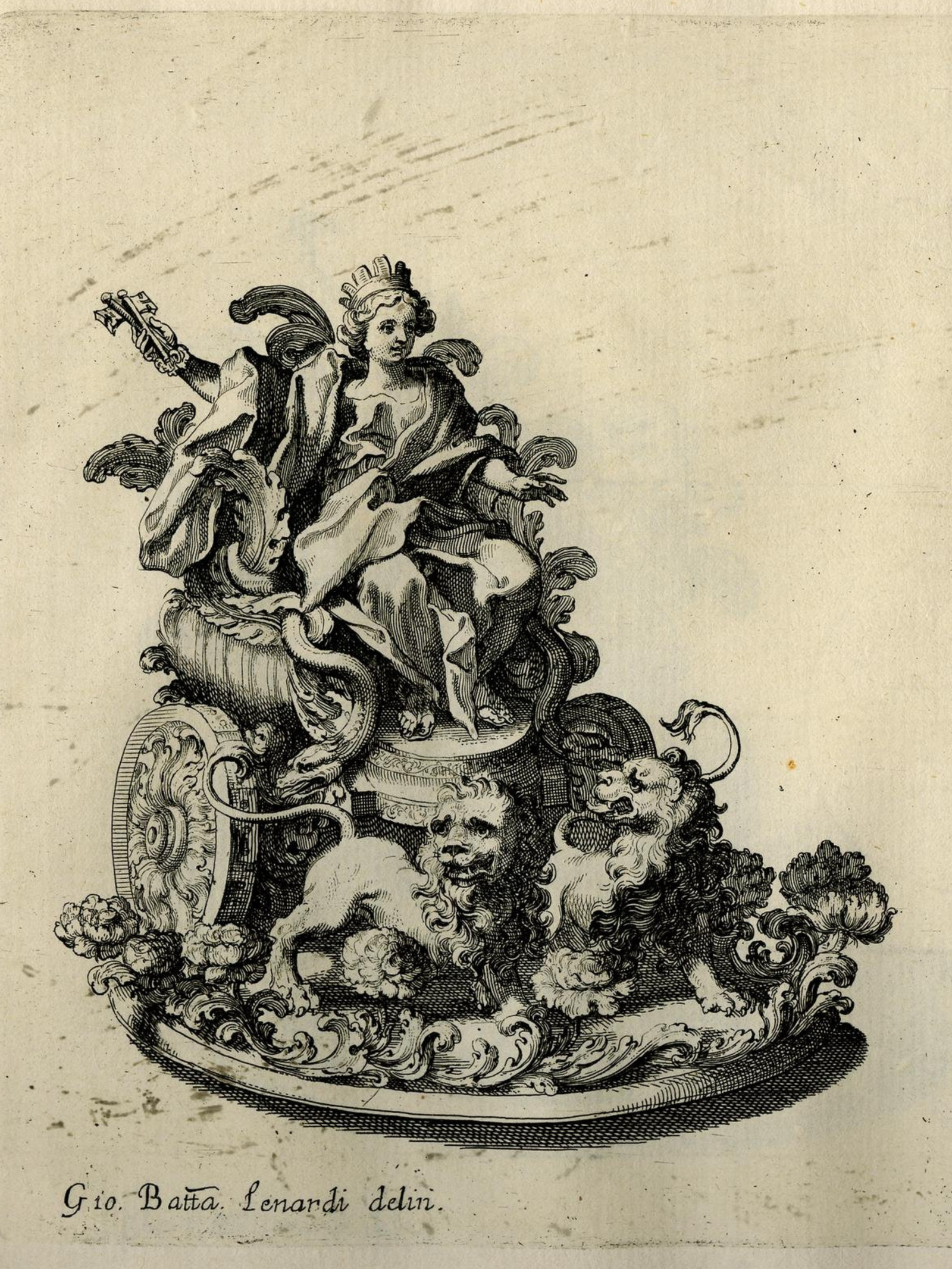
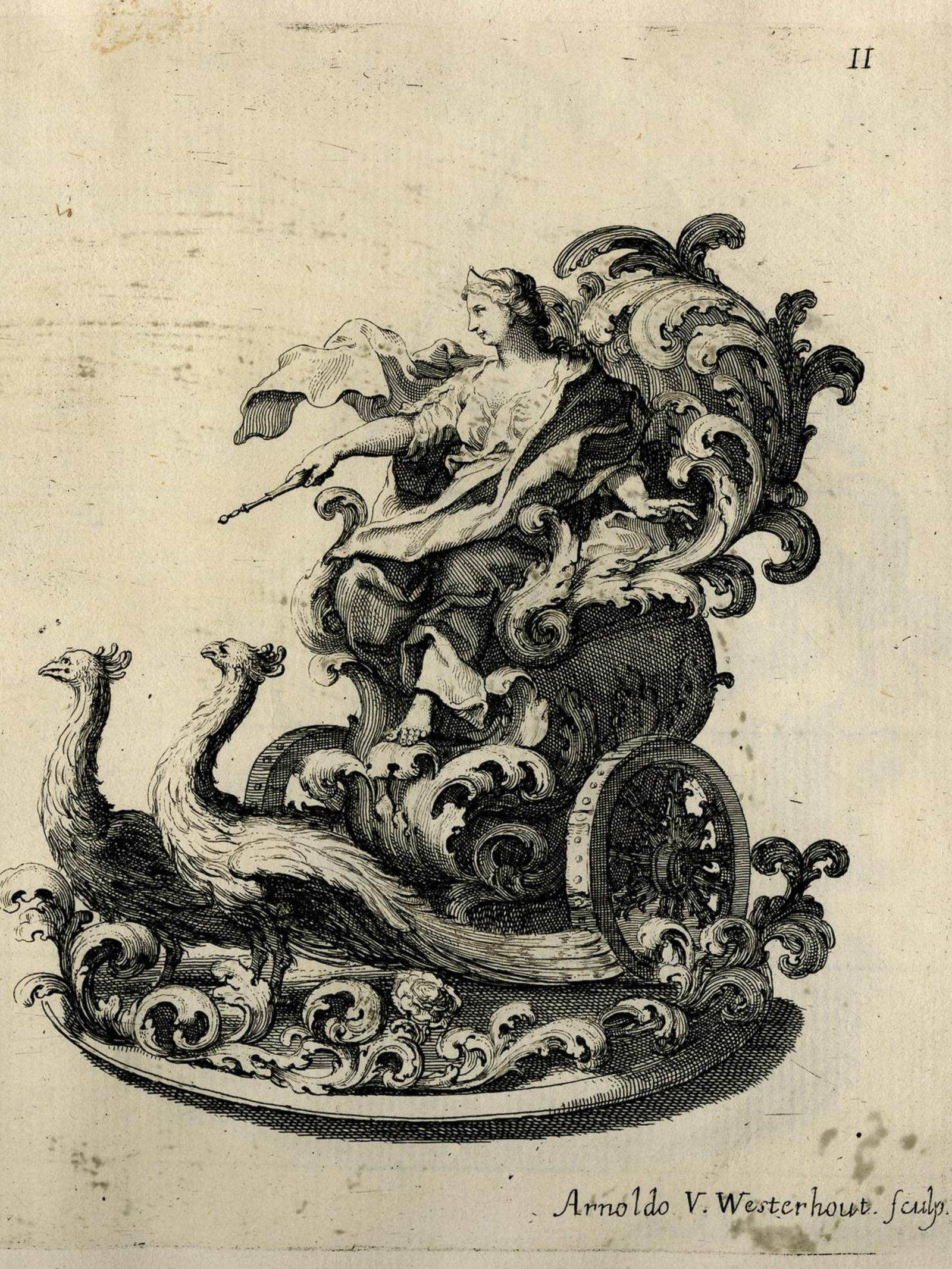
Trionfi di Cibele e Juno, 1687 – These intricate sugar sculptures, designed by Giovanni Battista Lenardi and engraved by Arnold van Westerhout, were created for a banquet hosted by Roger Palmer, Earl of Castlemaine, in Rome on January 14, 1687. As grand edible centerpieces, they exemplified the baroque artistry of the time, blending mythological themes with culinary craftsmanship.
At Palette Synthi™, we explore the evolution of food as an art form, from historical culinary spectacles to the cutting-edge innovations redefining gastronomy today. Join us as we uncover how cuisine transcends necessity to become an immersive act of creativity, culture, and sensory storytelling.
Food as Art Throughout History
The concept of food as a visual and sensory experience is as old as civilization itself. Across cultures, elaborate feasts were designed to dazzle the senses, showcasing culinary artistry as a form of status, ritual, and entertainment.
Ancient Feasts: Culinary Spectacles of Power and Prestige
In ancient Rome, opulent cēnae (banquets) featured golden platters brimming with roasted meats, jewel-toned fruits, and meticulously braided breads, arranged as much for their aesthetic appeal as their flavors.

A Roman Feast – Roberto Bompiani, 1850 – In ancient Rome, the cenā was more than just a meal—it was a social and political event where the elite showcased their wealth, influence, and hospitality. These lavish banquets featured multiple courses, exotic ingredients, and performances, reflecting the power and sophistication of Roman society. Dining was not just about indulgence but also about reinforcing status and forging alliances in an empire where food and spectacle went hand in hand.
During the Middle Ages, sugar sculptures known as “subtleties” adorned grand European feasts—edible castles, mythical creatures, and family crests served as extravagant symbols of power and prestige.

Illustration from ‘An Account of His Excellence Roger Earl of Castlemaine’s Embassy’ (1688) – This engraving, published in 1688, serves as a documentary record of Castlemaine’s diplomatic mission to the Papal Court. While it depicts a grand banquet display, this design was never an actual sugar sculpture like the ‘Trionfi di Cibele e Juno.’ Instead, it visually commemorates the lavish entertainments staged during his embassy.
© The Trustees of the British Museum
💡 Edible art was more than decoration—it was a statement of creativity, luxury, and influence.
Modern Culinary Artistry: The Plate as a Canvas
Today, food presentation has evolved into an intricate visual language, where plating is a deliberate act of storytelling.
The Art of Plating
Every brushstroke of sauce, every sculpted garnish, and every carefully placed element serves a purpose. Chefs like Grant Achatz (Alinea, Chicago) and Kwame Onwuachi (Emeyal, Washington D.C.) treat the plate as a canvas, crafting visually stunning dishes that blur the line between cuisine and contemporary art.
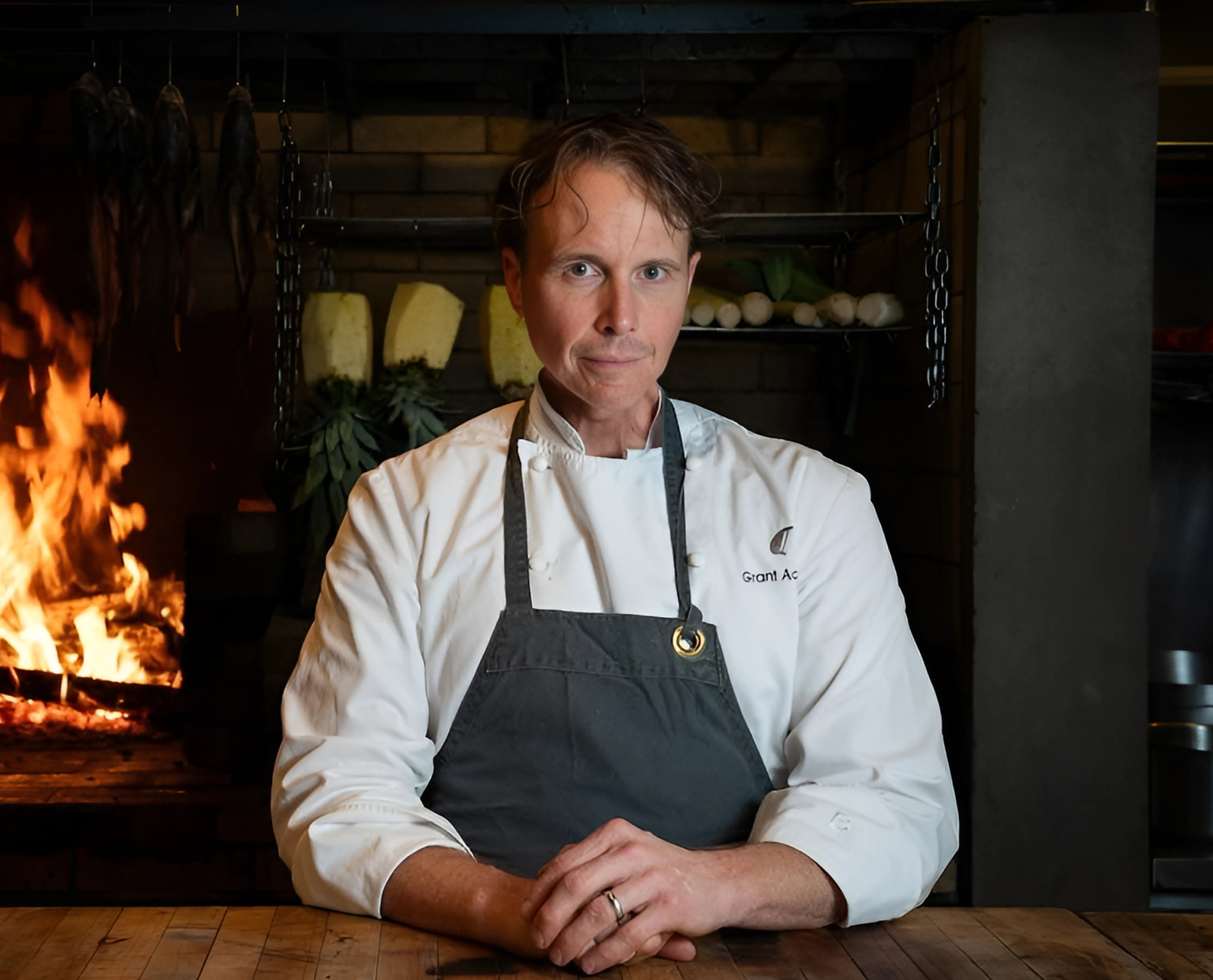
Grant Achatz
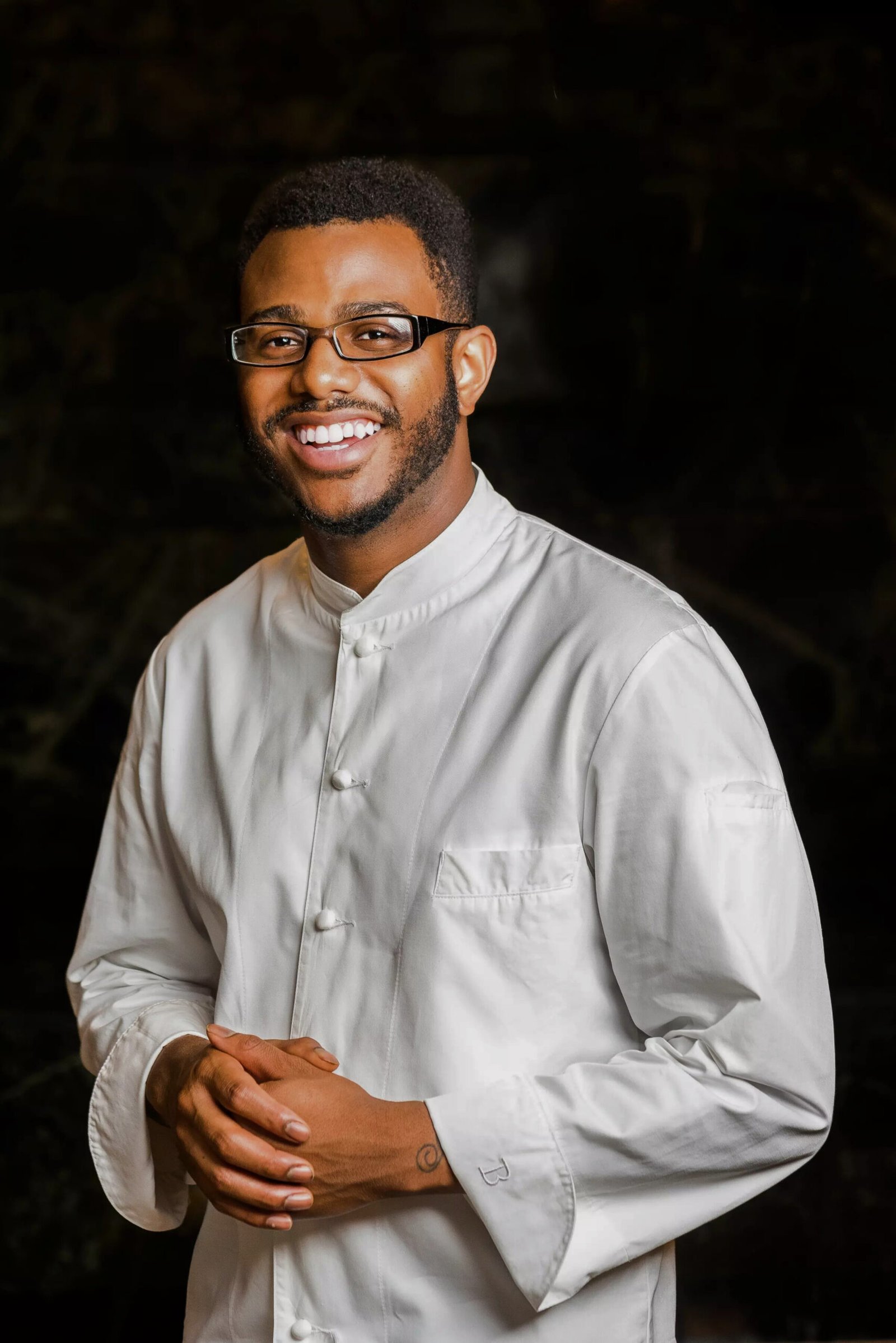
Kwame Onwuachi
(1) Grant Achatz – Alinea, Chicago – A pioneer of avant-garde dining, Grant Achatz transforms plating into an interactive experience. At Alinea, dishes become multi-sensory works of art, challenging traditional boundaries between food, presentation, and performance.
(2) Kwame Onwuachi – Emeyal, Washington D.C. – Blending bold flavors with artistic presentation, Kwame Onwuachi crafts dishes that tell stories of heritage, culture, and innovation. His plating style is both a visual and narrative expression of modern Afro-Caribbean cuisine.
💡 Just as a painter needs the right brushes, a chef relies on precision tools—ceramic plates, micro tweezers, and plating spoons—to bring their vision to life.
Edible Sculptures & Monumental Creations
Food art extends beyond the plate. Amaury Guichon’s towering chocolate dragons and Fabergé-style eggs showcase the engineering precision needed to turn confections into works of art.
Meanwhile, the French croquembouche, a pyramid of caramel-glazed choux pastry, blends architecture with pastry craftsmanship.

💡 Want to explore food sculpture? Discover tools for sugar work and pastry artistry.
The Intersection of Food and Technology
Innovation is pushing the boundaries of culinary creativity, merging food with digital and interactive art.
Immersive Dining Experiences
Le Petit Chef, a dining concept powered by projection mapping, transforms tables into digital stages where animations set the scene before the real dish arrives. These multisensory dining experiences redefine how we “see” food.
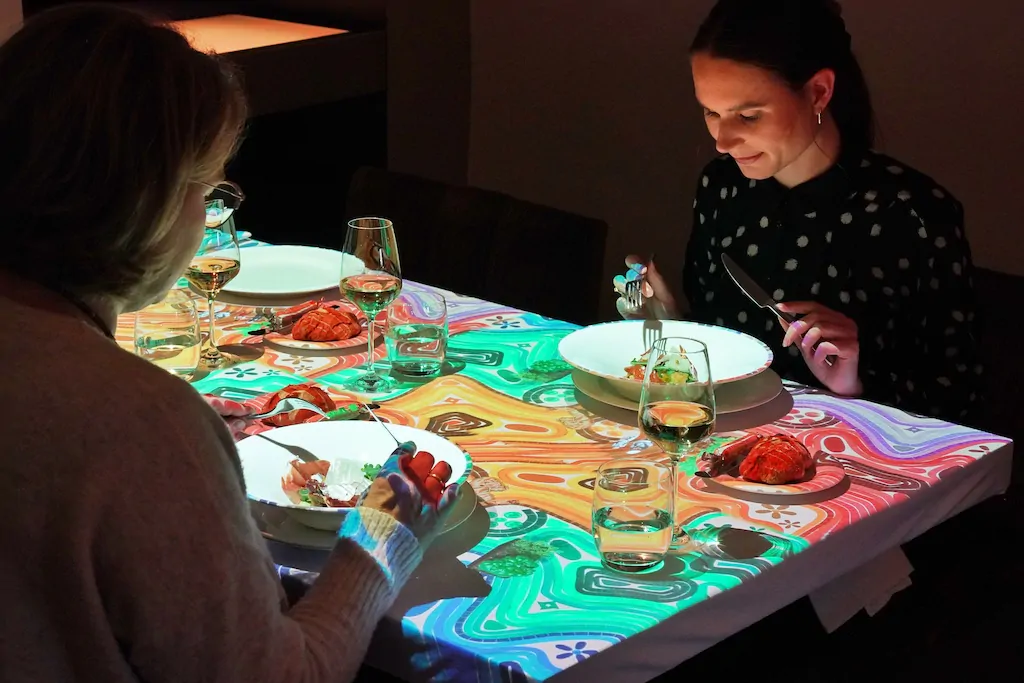
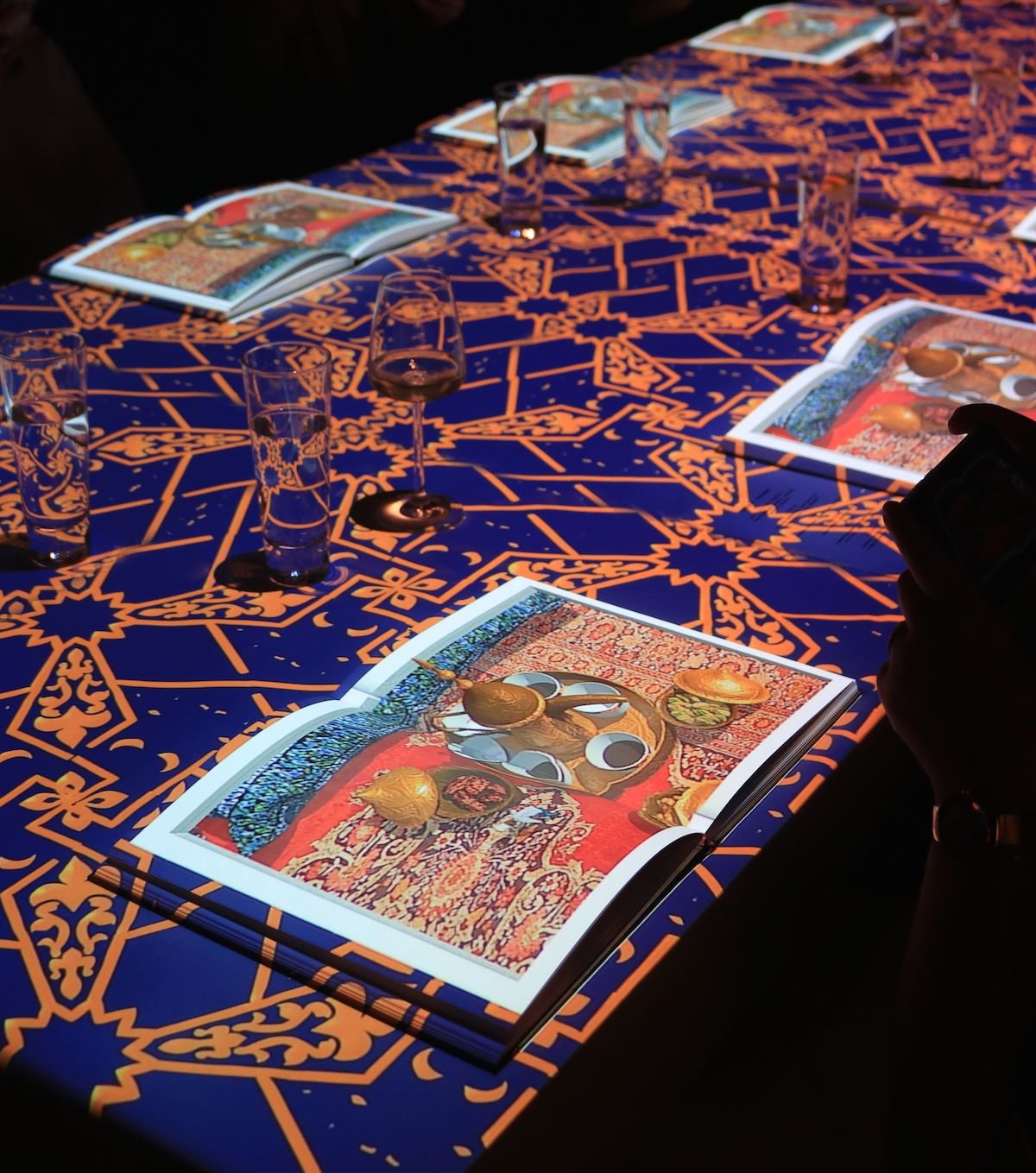
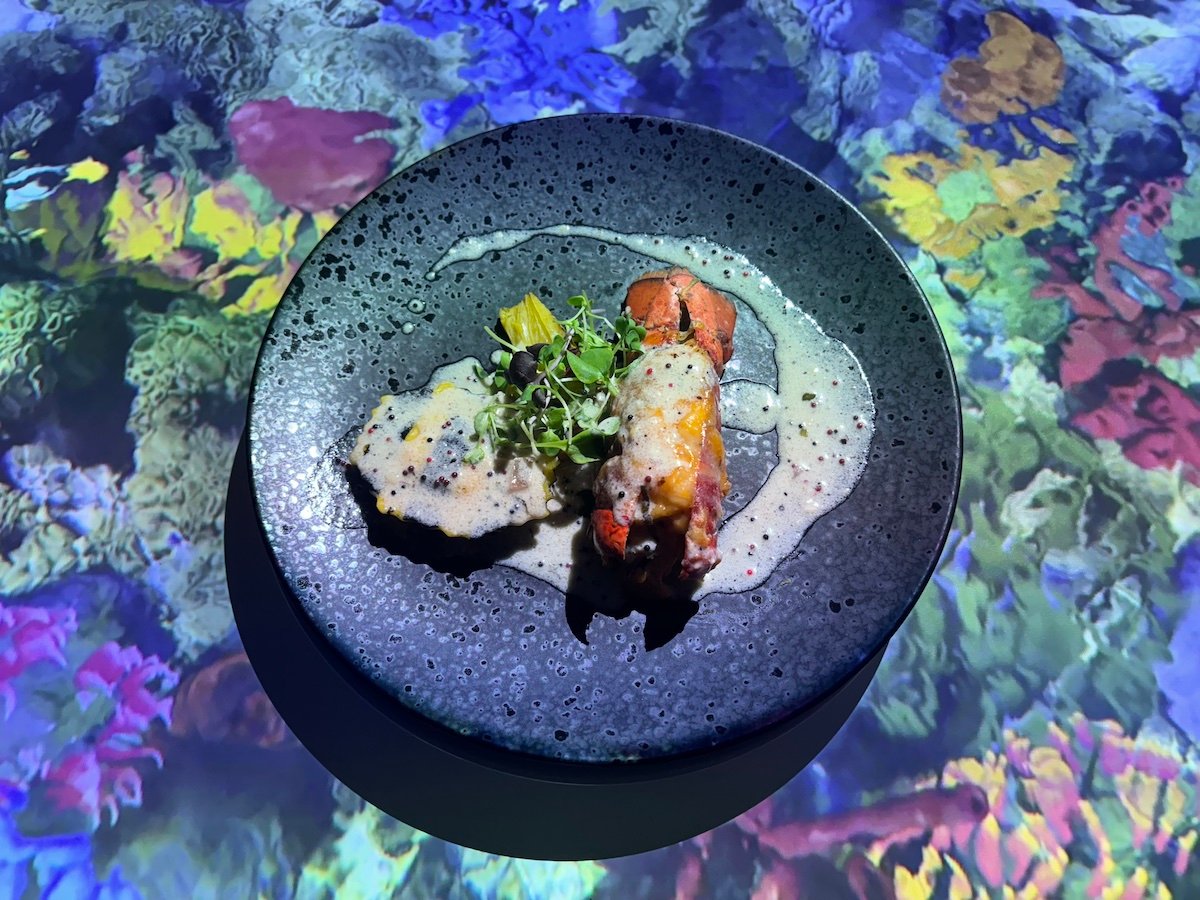
Le Petit Chef – A Culinary Adventure in Miniature – Blending technology with gastronomy, Le Petit Chef brings storytelling to the table through 3D projection mapping. This immersive dining experience transforms the plate into a stage, where a tiny animated chef prepares each course before the real dish arrives, merging entertainment with fine dining in a visually stunning spectacle.
AI & 3D-Printed Culinary Creations
From algorithm-driven plating techniques to 3D-printed edible sculptures, technology is reshaping the way food is designed. Imagine a perfectly engineered chocolate lattice or an AI-curated swirl of sauce, both balancing aesthetics and taste with mathematical precision.
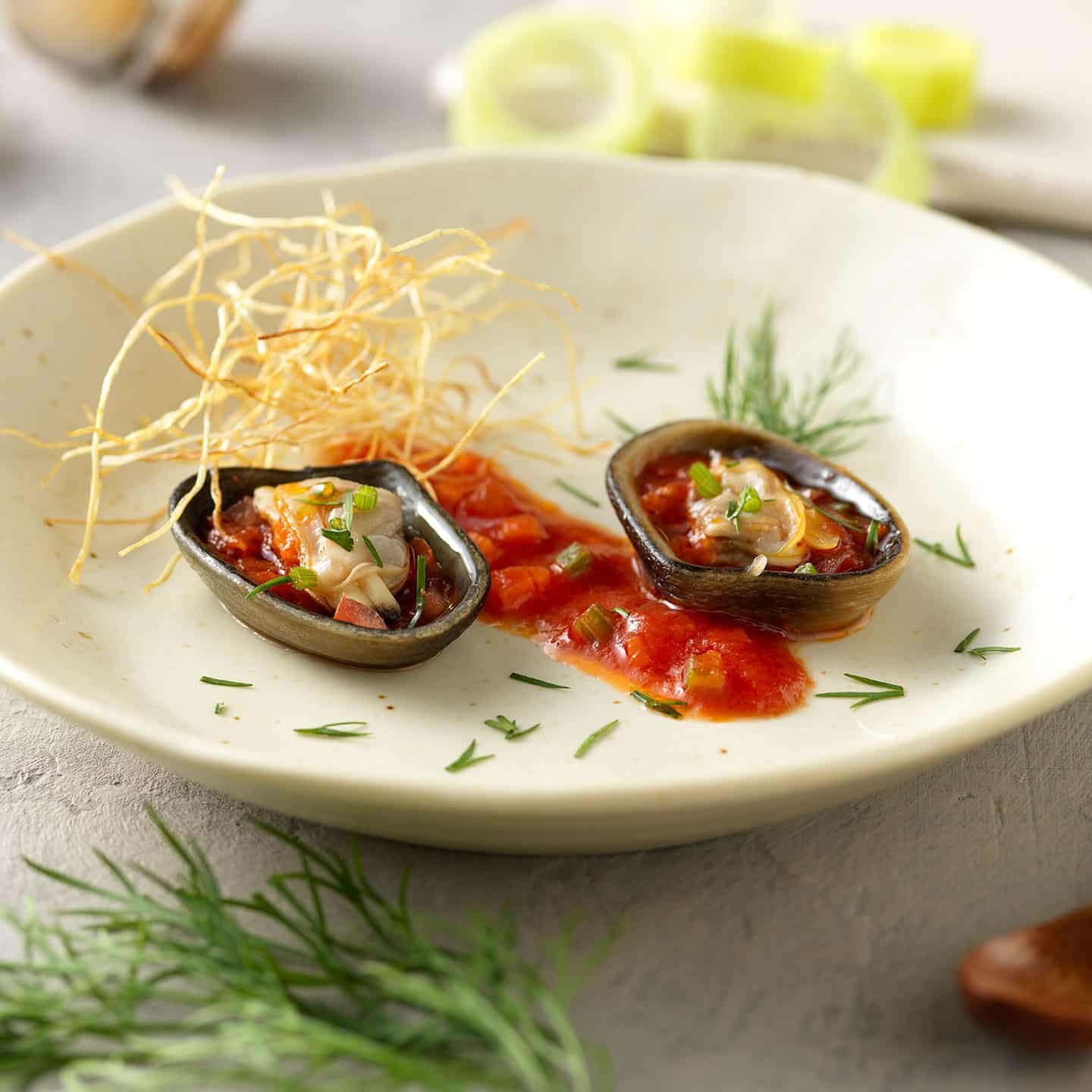
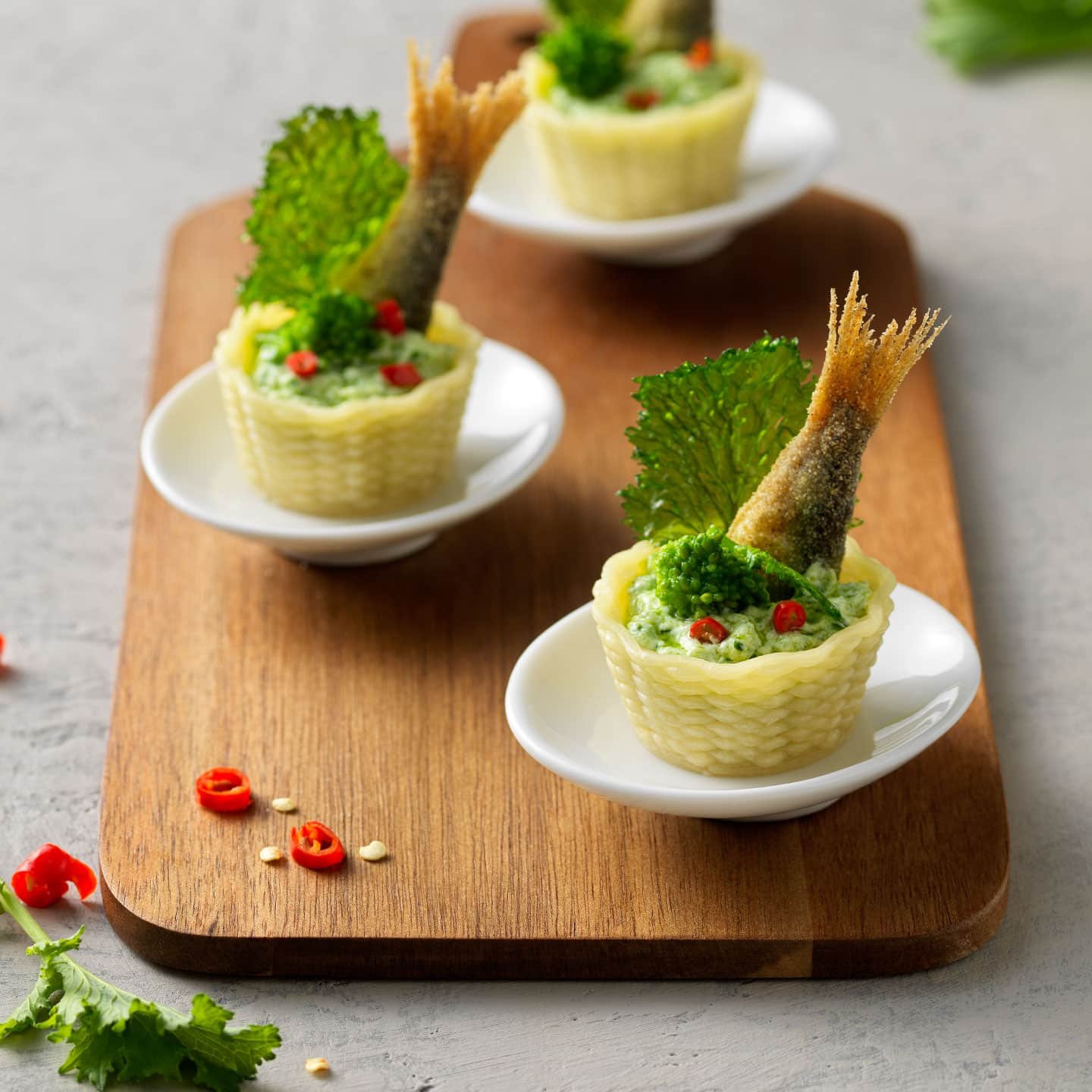
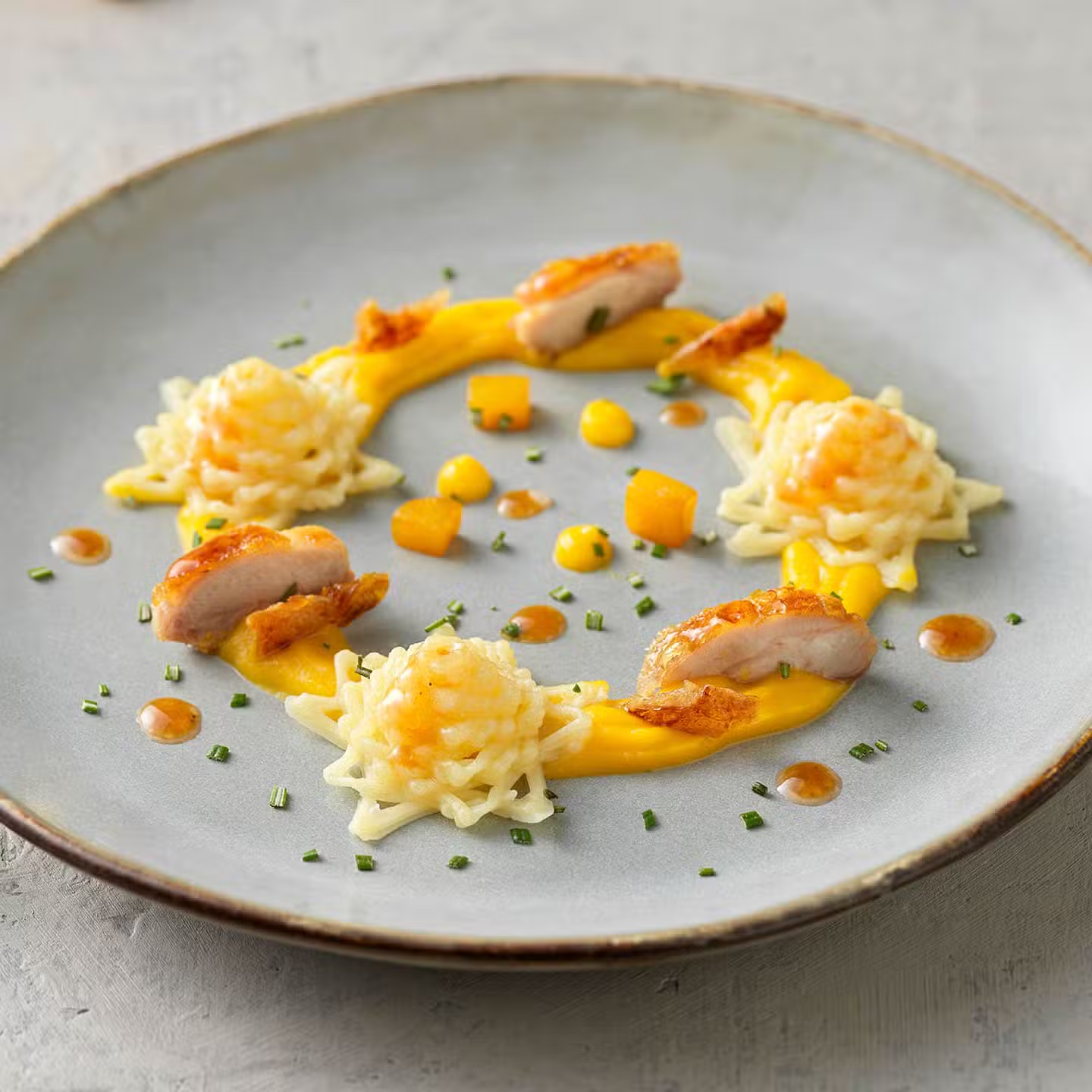
BluRhapsody’s 3D-Printed Pasta Creations – Merging culinary tradition with cutting-edge technology, BluRhapsody—a Barilla initiative—crafts intricate pasta shapes using 3D printing. These edible art pieces, inspired by nature and innovative design, offer chefs the opportunity to present dishes that are as visually stunning as they are delicious.
💡 The future of food art lies in the fusion of tradition and technology.
Cultural and Symbolic Food Art
Food artistry is deeply rooted in cultural traditions around the world, transforming everyday ingredients into visual masterpieces.
- Japan: The precision of kaiseki cuisine, where each dish reflects the seasons through color, texture, and arrangement—an edible expression of nature’s balance.
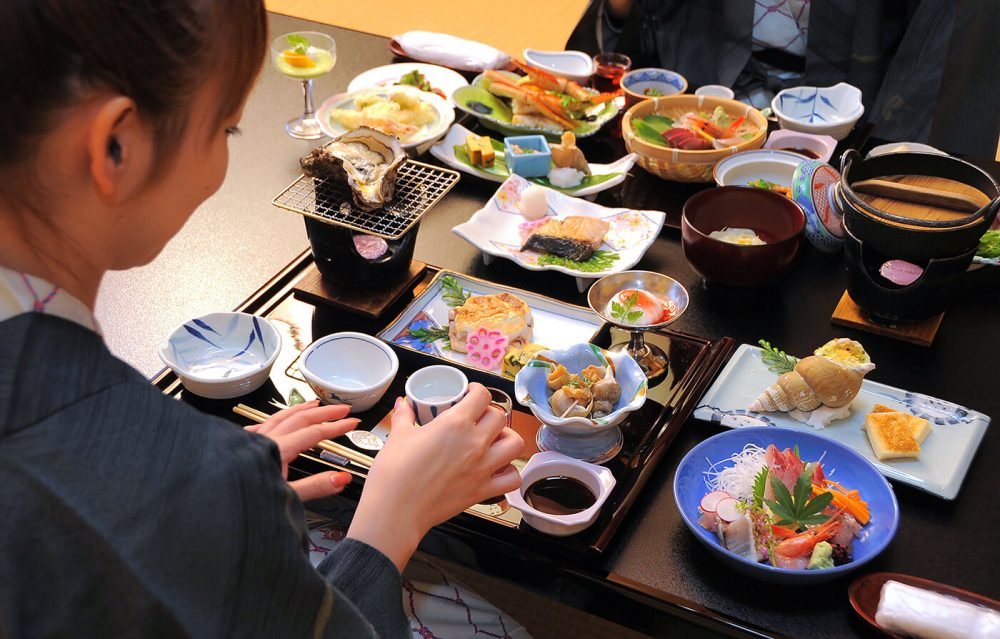
Japan – The Art of Kaiseki Cuisine – Kaiseki embodies the Japanese philosophy of harmony and seasonality, where each dish is meticulously arranged to reflect nature’s balance. Rooted in tea ceremony traditions, this multi-course dining experience emphasizes precision, aesthetics, and the delicate interplay of flavors, textures, and colors.
- India: Intricate rangoli patterns, crafted with grains, lentils, and spices, turn food into sacred folk art symbolizing prosperity and impermanence.
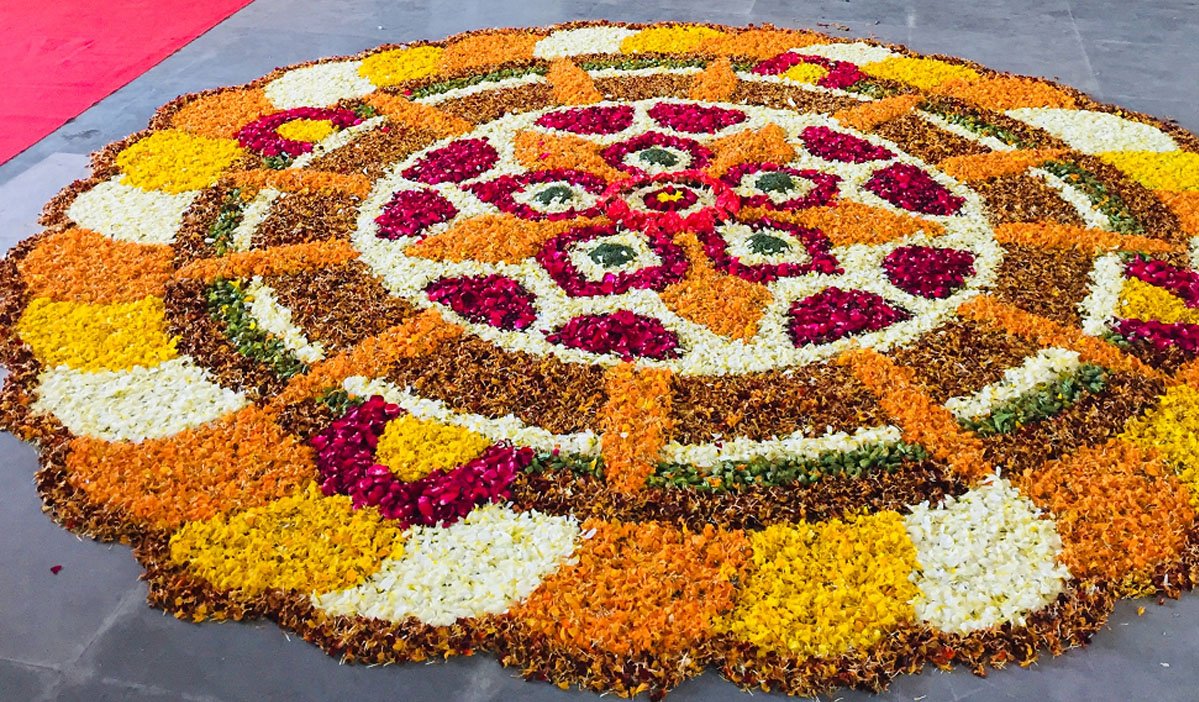
India – Rangoli and Culinary Symbolism – Rangoli, traditionally crafted with rice, lentils, and spices, extends beyond decoration into the culinary world. These intricate patterns, designed to invite prosperity and ward off negativity, showcase India’s deep connection between food, artistry, and cultural heritage.
- France: The croquembouche, a sculptural tower of choux pastry, remains a fixture at weddings and celebrations.
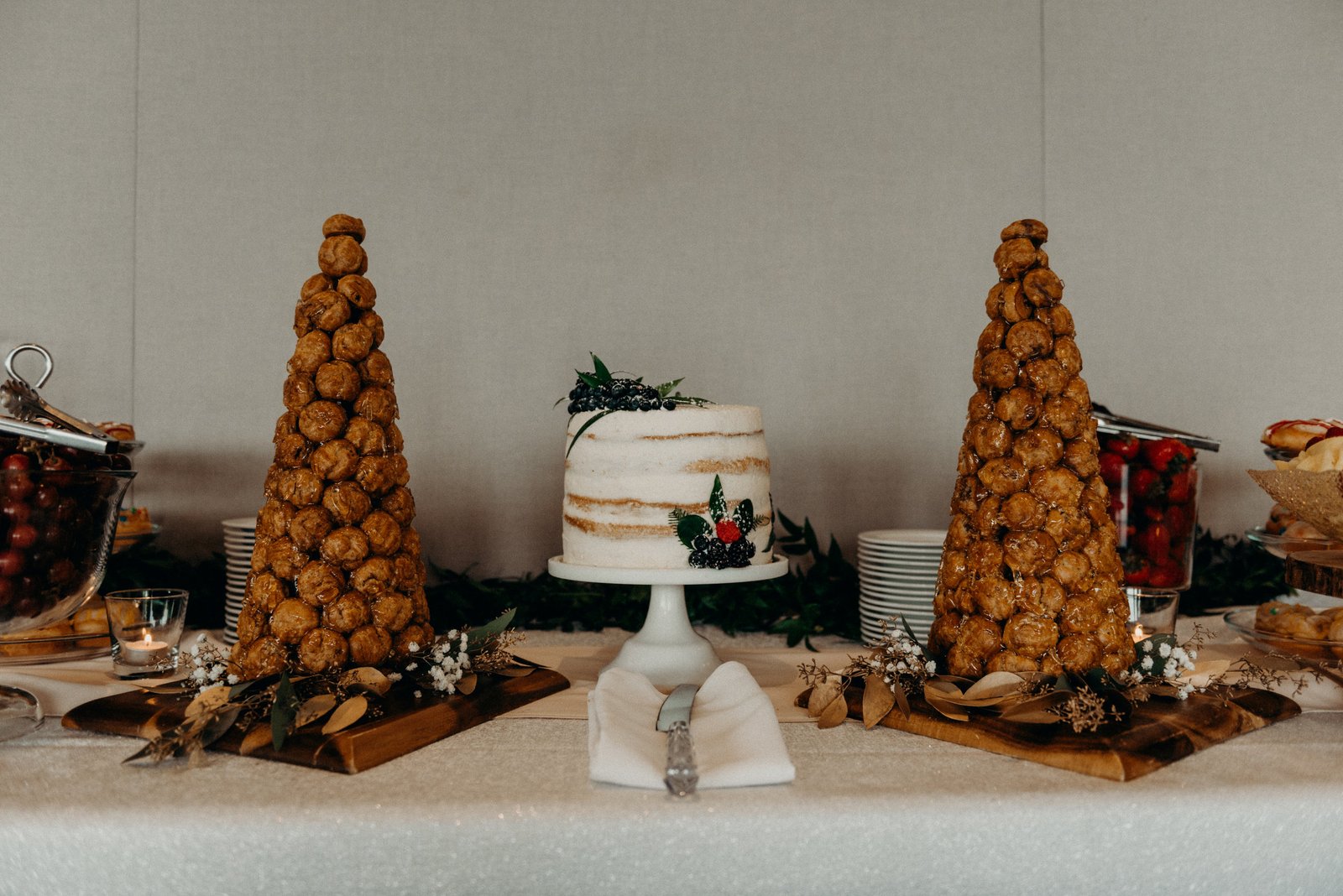
France – The Croquembouche Tradition – This towering masterpiece of caramel-glazed choux pastry has been a staple of French weddings and celebrations since the 18th century. Originally popularized by pastry chef Marie-Antoine Carême, croquembouche reflects the French dedication to pastry craftsmanship and grand visual presentation.
- Middle East: Hand-carved decorative breads like khubz and kaak bil zait showcase the artistic craftsmanship of traditional baking.
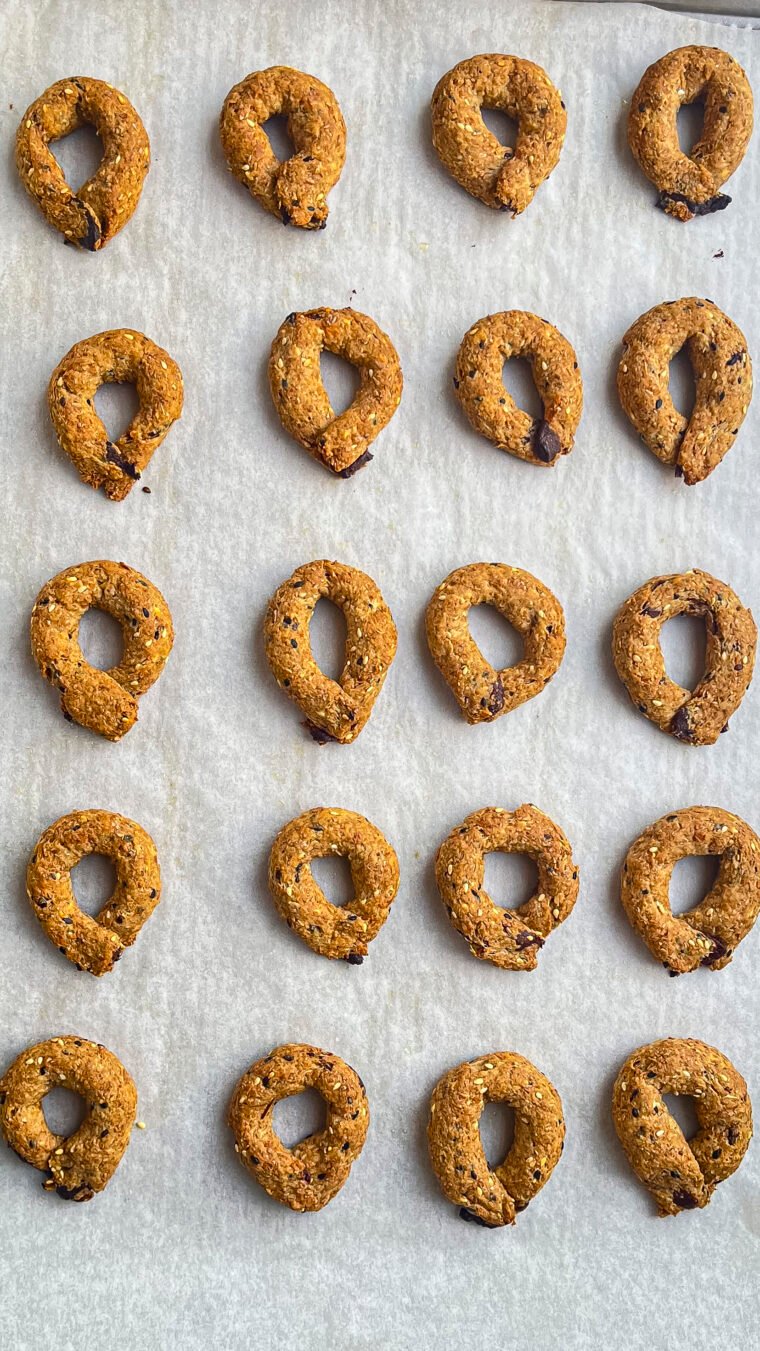
Middle East – Decorative Breads of Tradition – Hand-carved breads like khubz and kaak bil zait showcase the intricate craftsmanship of Middle Eastern baking. Often adorned with geometric patterns or symbolic designs, these breads have been integral to communal dining, hospitality, and religious traditions for centuries.
💡 From lacquered sushi to sesame-seeded bread motifs, food is a universal artistic language.
Everyday Artistry: Food in Popular Culture
Beyond fine dining, food artistry has become ingrained in daily life and digital culture.
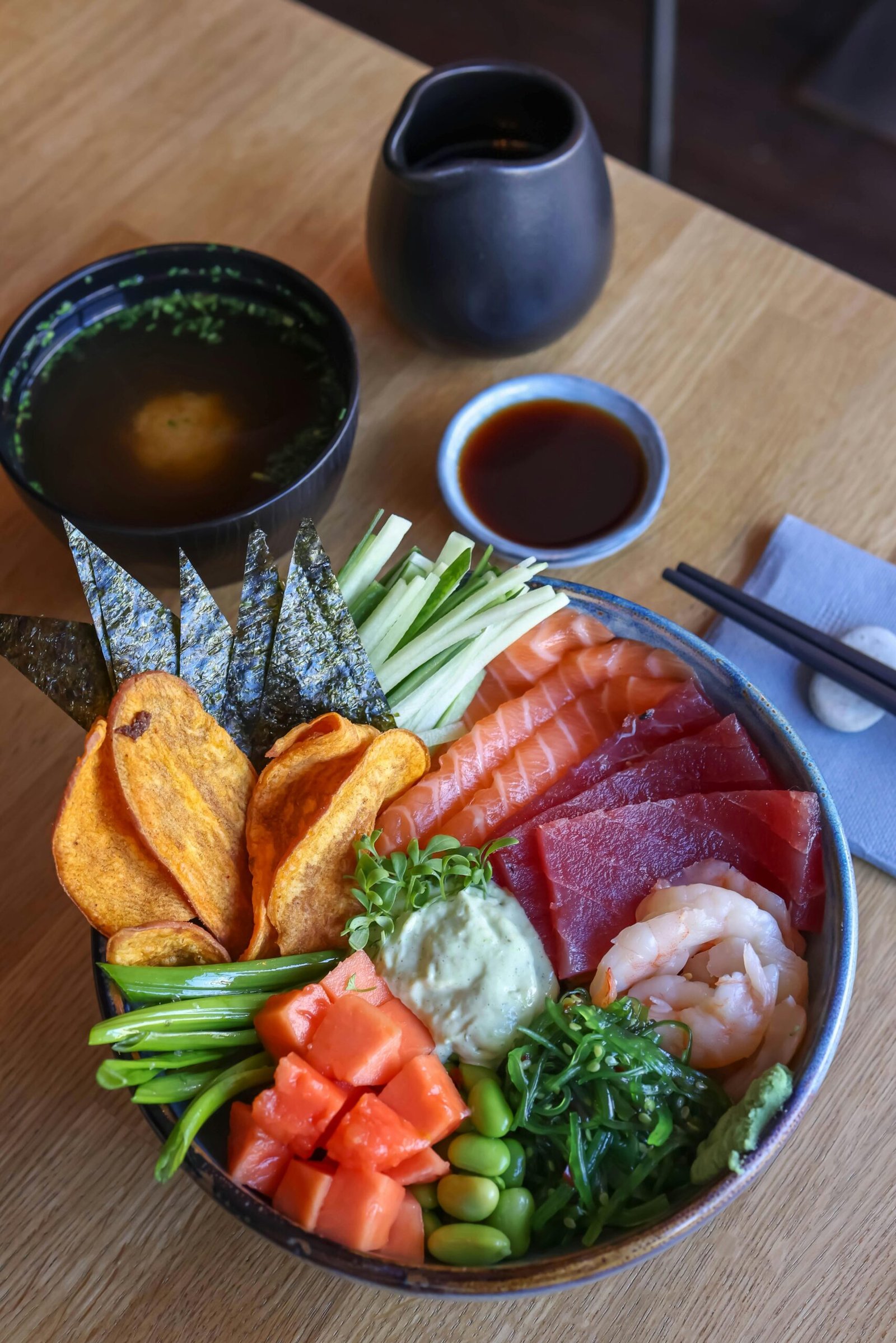
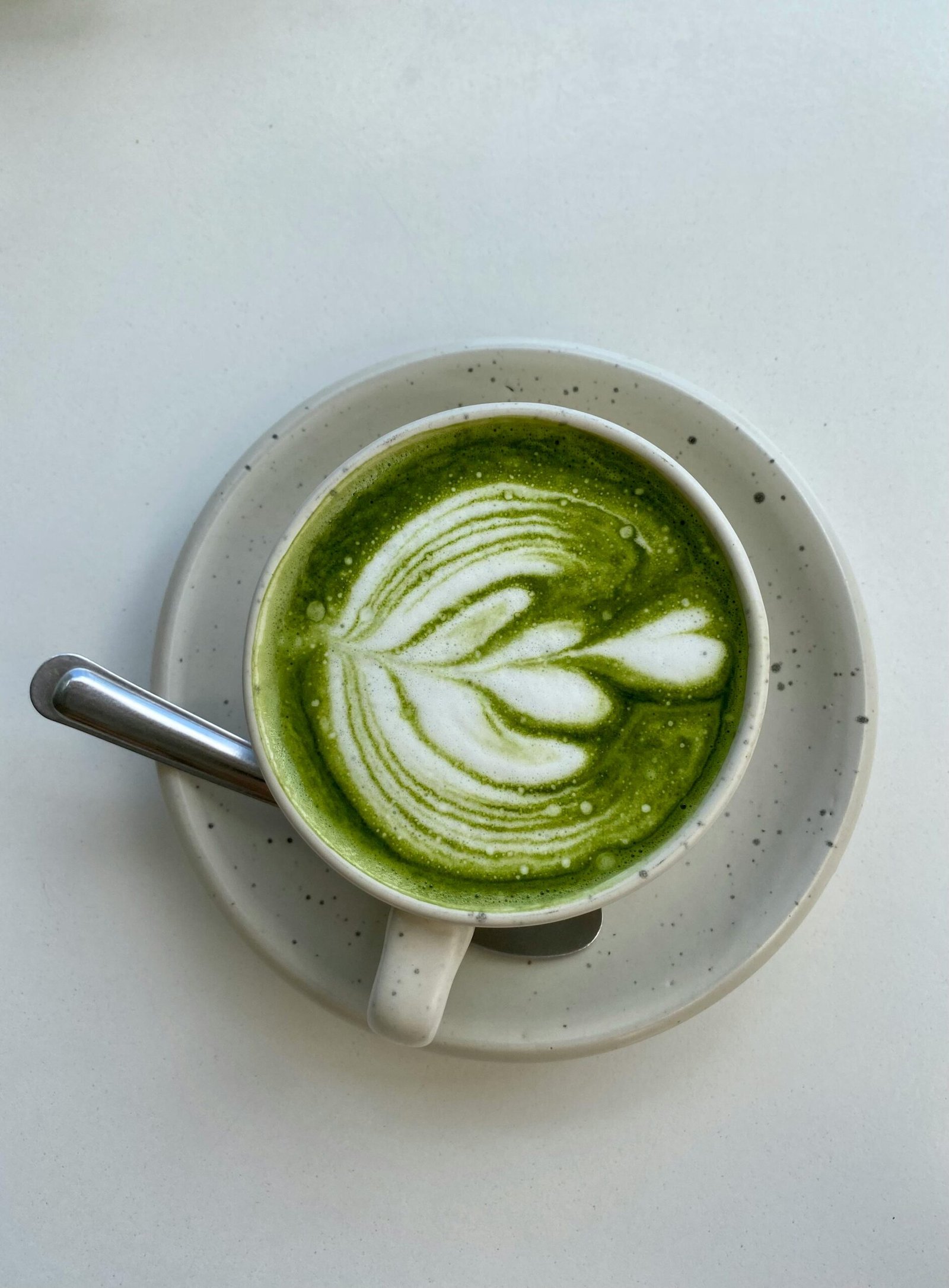
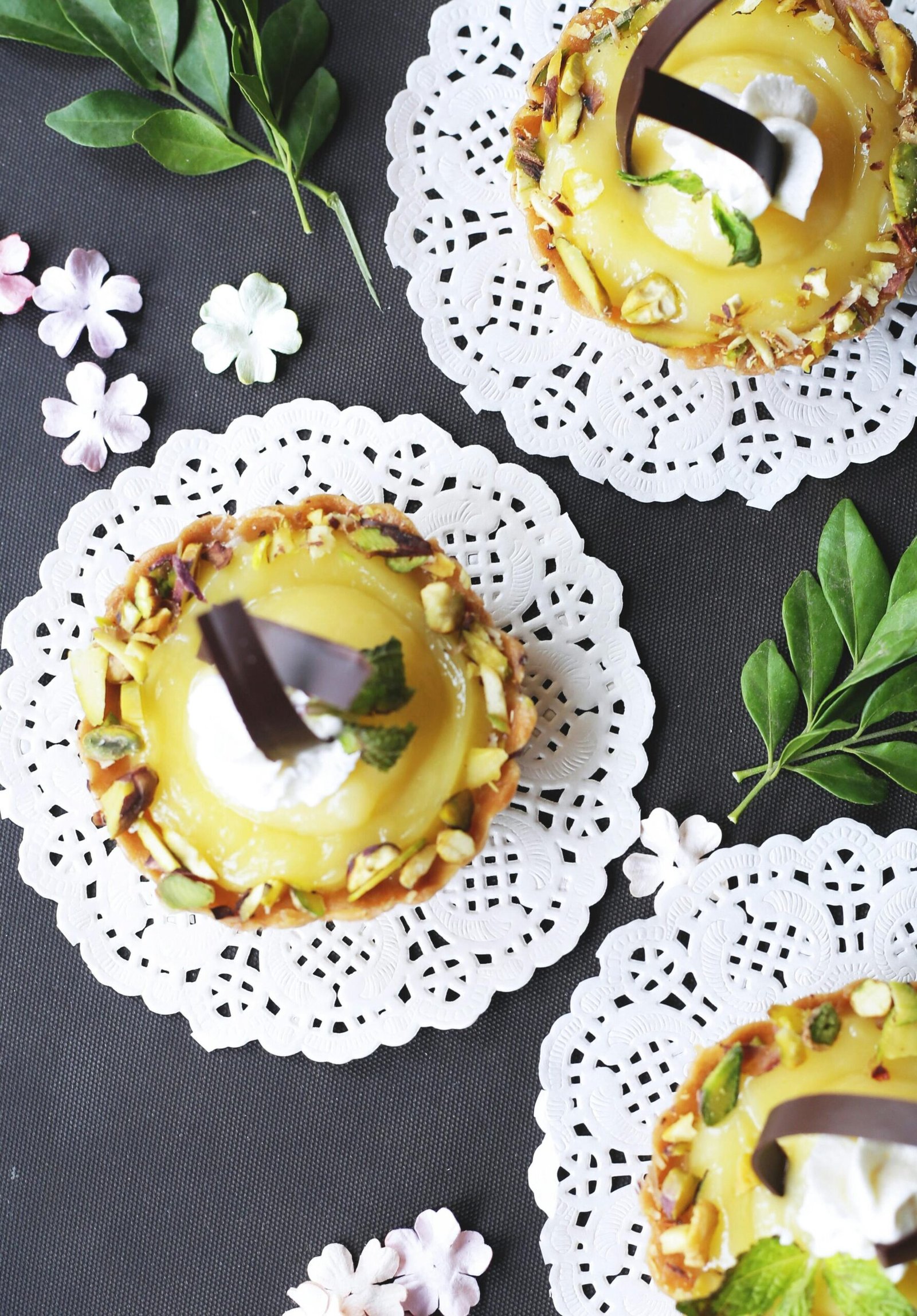
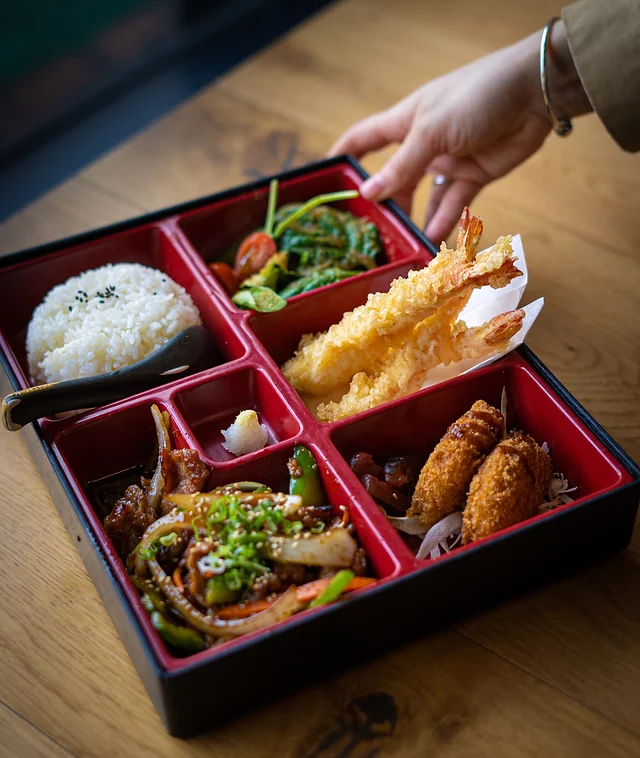
💡 From Michelin-starred plating to viral TikToks, food artistry continues to evolve and inspire.
Food as a Living Art Form
At Palette Synthi™, we celebrate food as a universal artistic expression—one that nourishes both the body and the soul. From avant-garde gastronomy to traditional culinary rituals, food artistry connects cultures, tells stories, and pushes creative boundaries.
As technology, culture, and creativity converge, the future of food artistry is limitless. Imagine AI-curated plating designs, edible AR projections, or 3D-printed sugar sculptures—the next frontier of culinary art is unfolding before our eyes.
Turn Your Dish into a Masterpiece!
Show us your creation using #PaletteSynthi, and you could be featured in our Culinary Artistry Showcase—a celebration of the world’s most stunning food designs.
Let’s redefine food as an art form—one plate, one sculpture, and one masterpiece at a time.


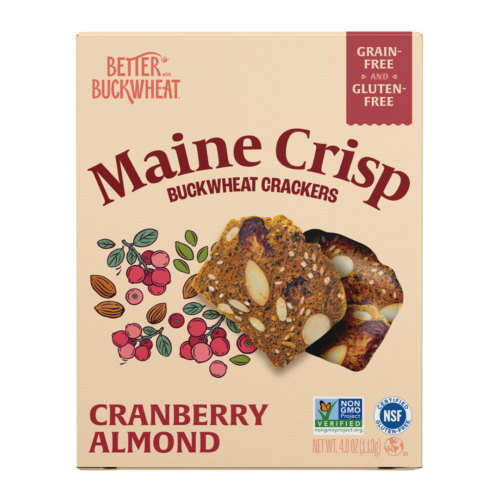 Cranberry Almond Crisps
Cranberry Almond Crisps 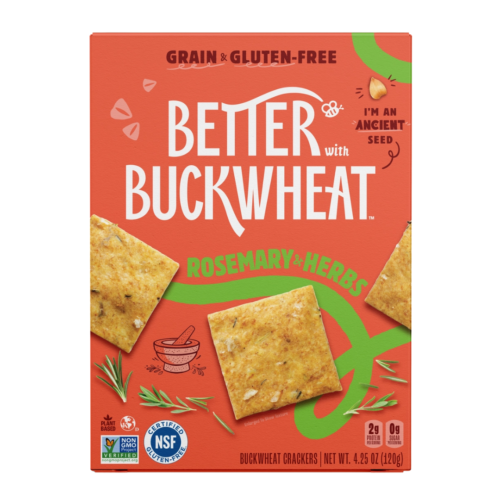 Rosemary & Herbs Crackers
Rosemary & Herbs Crackers  Sea Salt Crackers
Sea Salt Crackers  Olive & Za'atar Crisps
Olive & Za'atar Crisps 